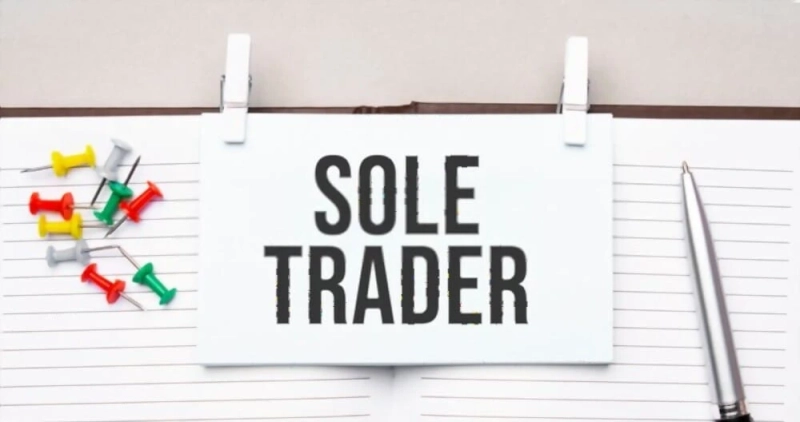When it comes to starting a business, one of the most essential considerations you'll have to make is which business structure is best for you.
The majority of small business owners choose between registering as a sole trader or a limited company, both of which offer advantages and disadvantages.
It's a good idea to use accounting software tools, but it's also a good idea to read on to learn more about sole trader tax and freelancer tax.
Types of business taxes
When a business initially starts out, registering as a sole trader is a popular choice because it is inexpensive, quick, and involves very little red tape. However, it's important to remember that one of the most important aspects of being a sole trader is the way you're taxed: you and your firm are treated as a single entity.
This means that any business debt you incur is personally liable to you.
Limited accounting firms, on the other hand, are taxed separately from their owners.
Taxes on sole traders and self-employed people
As a sole trader, your profits are taxed by HM Revenue & Customs in the same way as any other source of income. Your tax will be self-assessed because you are self-employed.
After business expenses and personal allowances have been removed, the amount you owe is computed.
You must file your sole trader tax return using the self-assessment system by January 31 each year for the tax year ending in April.
As a lone trader, how much may you earn before paying taxes?
The income tax threshold is the same for all employees and is based on the current personal allowance.
The personal allowance is £11,500 for the 2017/18 tax year. It will increase to £11,850 in April 2018.
This is the maximum amount you can earn before paying any income tax.
If you go above that limit, you'll be liable to the following tax rates:
Basic rate: £11,501-£45,000 (20%)40 percent higher rate £45,001-£150,000Over £150,000 (additional rate) 45Contributions to National Insurance
As previously stated, many of your company expenses, such as overhead on your premises, travel, delivery charges, and trade association subscriptions, can be deducted from your taxable income as a self-employed person. If you sell or give away any assets, however, you will have to pay capital gains tax.
As a single trader, you will also be required to pay the Department for Work and Pensions (DWP) Class 2 and Class 4 National Insurance Contributions (NICs). The amount you pay is determined by your income.
Contributions to National Insurance Class 2
Class 2 NICs are charged at a low rate of £2.85 per week.Even if you make above £45,000 in profits, the level of Class 2 contributions stays the same. This is not the case with contributions to Class 4. (see below).If your profits for the tax year are less than £6,025 you don't have to pay them at all.Sel-assessment is how you pay (as with income tax).Contributions to National Insurance Class 4
The cost of Class 4 NICs is calculated as a proportion of your profits.You won't have to pay Class 4 NICs if your profits are less than £8,164.If your profits are between £8,164 and £45,000, you must pay 9% NICs on that amount.For profits of more than £45,000, you must pay NICs of 9% on the amount between £8,164 and £45,000, plus an additional 2% on everything exceeding that level.Payments on account for sole traders
Once you've registered as a sole trader and started paying self-assessment tax and National Insurance, you may need to start making 'payments on account', which are advance payments toward your tax due.
Unless your self-assessment bill was less than £1,000 or you've already paid more than 80% of your tax through your tax code, they must be filed twice a year.
The payments are due on January 31 and July 31 of each year, and are based on half of the tax owed the preceding year. (This assumes you will pay at least the same amount of tax in the current year as you did the prior year.)
If you still owe tax after making your payments on account, the balance is due at midnight on January 31 of the following year. For a full example of how the procedure works, go to the gov.uk website.
If you know your tax bill will be much lower than it was previously, you can apply to HMRC to have your payments on account reduced.
Failure to make payments or paying late can result in a fee, so make sure you're prepared for forthcoming expenditures and save aside enough money throughout the year.


